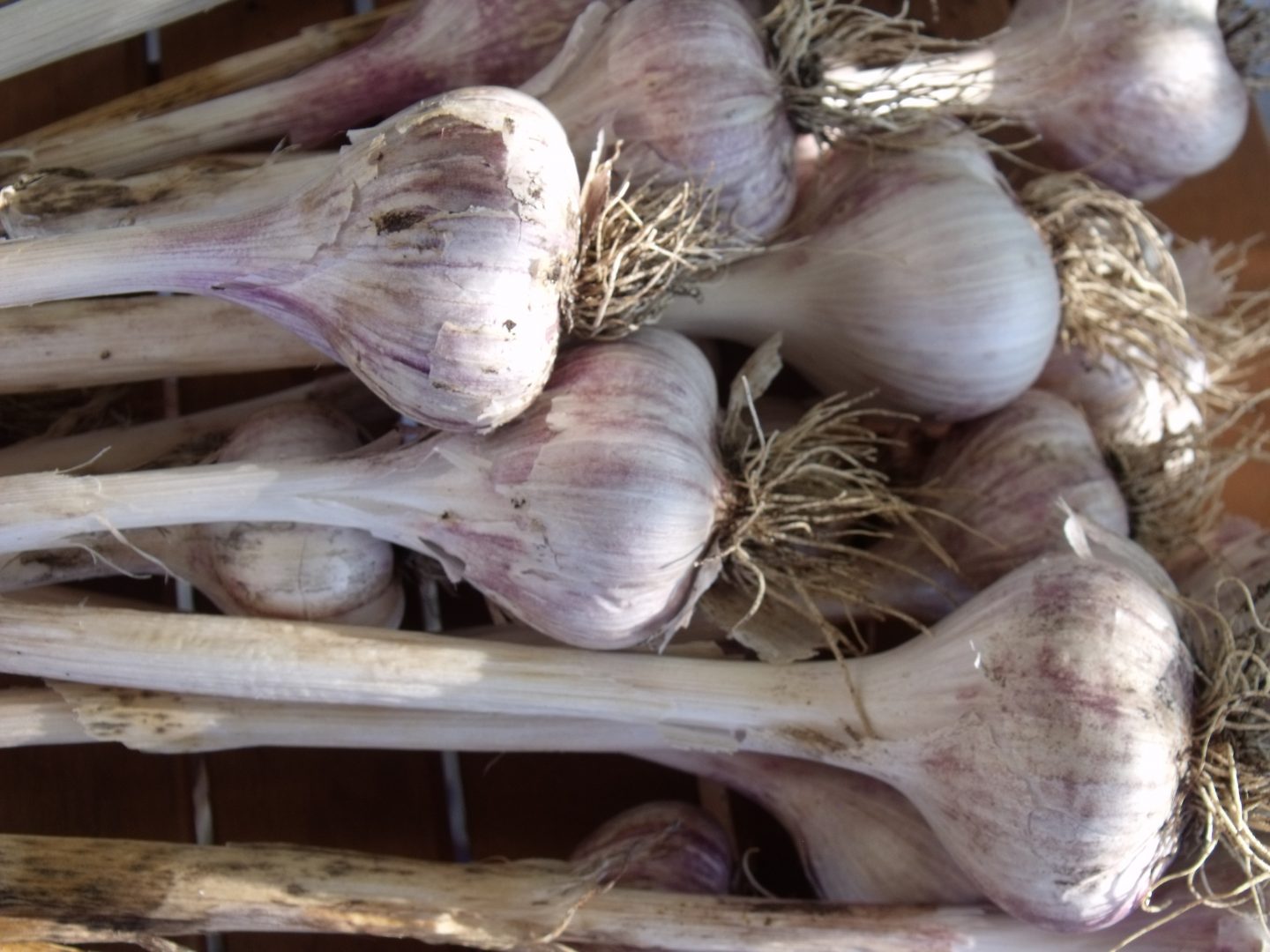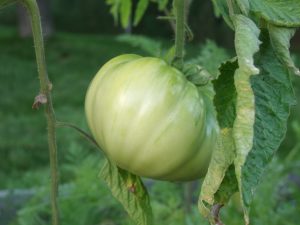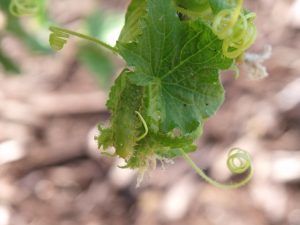“It’s Salad Bar day!”
Our students are curious about the Salad Bar and creative when given freedom to create their own salads. When we serve lunch, using our salad bar, the hallway is bottle-necked with students choosing fresh fruits and veggies and loading them onto their plates. Working together, and allowing our students to be in control of the fresh produce that goes into the salad bar, and therefore onto each individual plate, has created an exciting atmosphere around food.
Planning for how much food students will eat has been challenging. It has been a shift from purchasing and buying food that is pre-plated and served, to planning and purchasing food that they students will consume when given free-reign of options. Some days we have run out of popular items, and on other days we have so many leftovers we need to creatively use them in the upcoming meals.
Fresh produce has been grown in our square foot garden beds at our school. Students run the composting program and allow us to have rich soil to grow veggies. Our goal for the upcoming school year is to plan an indoor garden using lights and watering systems created by our students. Students will be fully involved in the food cycle: from planning and planting seeds, tending to the needs of seedlings, harvesting nutritious food, and creating healthy meal options for their peers. We will continue to supplement our produce with greens and vegetables grown on local farms.
The Cafeteria students that run the Salad Bar are proud to be able to offer their peers healthy and creative lunches that fuel their minds and bodies. They know that they are taking care of each other, cooking with love and creating a healthy environment for everyone to have the opportunity to succeed.




